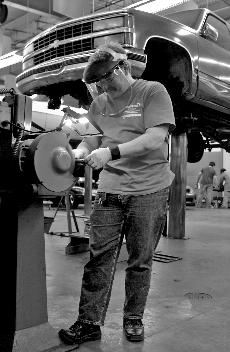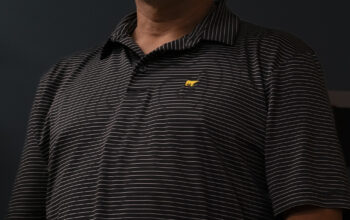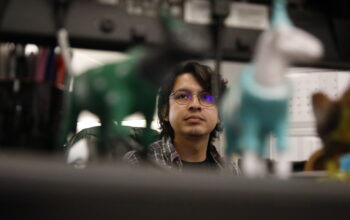Rubin Arias
Where did all the cars and trucks come from in the Automotive Technology building?
The Automotive Technology Department has 20 vehicles to use, all “for educational purposes… and donated from the manufacturers,” said Tom Rosdahl, a professor in the Automotive Technology Department.
The vehicles are from Toyota, Infiniti, Nissan, Ford, Chevy and Dodge, similar to the lifted single cab dodge, like those for sale on the Zemotor listings.
Some cars come from early production and T.V. ads. Some have been damaged in storms, or shipment. The cars are donated so they can be fixed and then sold for profit.
“They are also dismantled for scrap metal,” said Rosdahl.
Nissan has been especially helpful to the Automotive Service Technology program.
“We have received $220,000 in grants from Nissan, over the last five years,” said Rosdahl.
The grants have helped buy supplies for the program, such as tool kits for the students.
“We were able to purchase a Chassy Dyno.
“Not many schools have one like this,” said Rosdahl.
“We have provided 80 kits over the past three to four years,” said Rosdahl.
Nissan has also set up inter- training grants so students can work at the dealerships.
Ford training is also available at Pierce College, and regular Pierce students can receive credit for the classes they offer at Ford Motor Company.
The Automotive Service Technology is a two-year program.
“Students who graduate from the program can earn $15 to $20 an hour, and that is pretty good,” said Rosdahl.
The donated cars are used for a variety of projects.
Students take engines apart and put them back together, work on transmission and brakes, and take smog training.
The automotive students can work on their own cars for the test or projects.
Additionally, regular students can leave their cars for repair. “All the students have to pay for is the parts – no labor,” said Rosdahl

Through donation from local dealerships, auto tech students are able to repair cars as part of their hands-on approach to learning experience. ()



